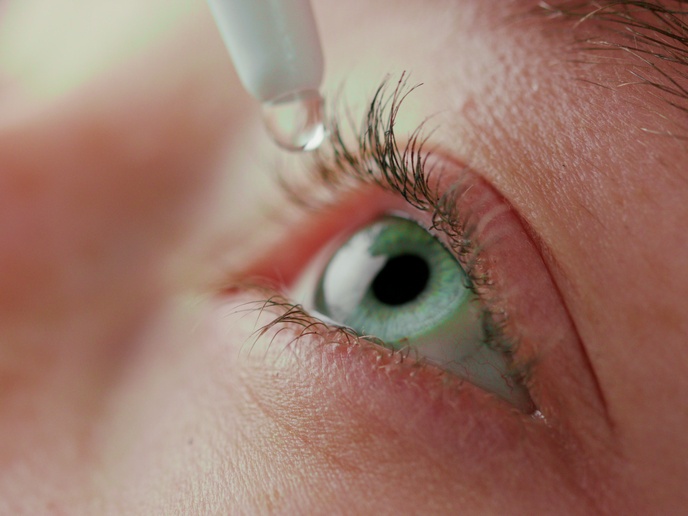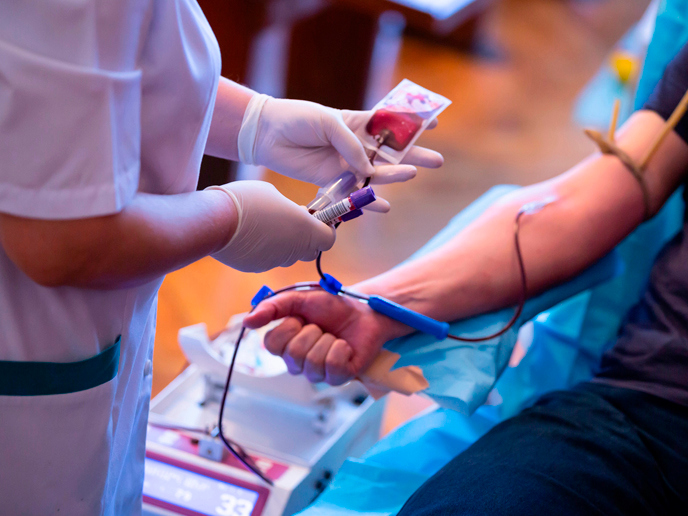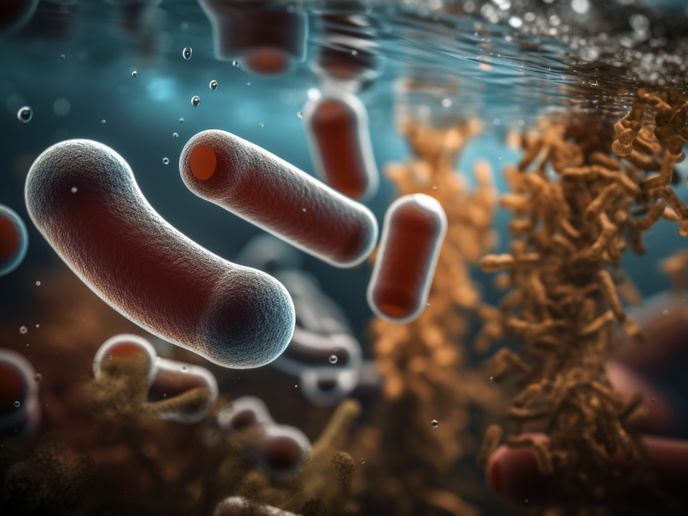The hunt for new anticancer compounds
Compounds based on ruthenium (Ru), a metallic element, curcumin and the protein plasma thromboplastin antecedent (pta) were studied by the Stoada project. Curcumin is the bright yellow substance found in the spice tumeric. These compounds can provide a flexible scaffold onto which groups of known biological function can be attached. The functional groups are particular groups of atoms within molecules, which determine the chemical reactions of the molecules. Biological effects of the compounds include halting the normal cell cycle, the cycle of changes involved in replication during the life span of the cell. The work of the 'Synthesis of targeted organometallic anticancer drugs and their mode of action' (Stoada) consortium can provide valuable information regarding the mechanisms behind anticancer activity and enable new improved treatments to be achieved. The chemical make up of the compounds is determined using nuclear resonance magnetic (NMR) spectroscopy, elemental analysis and mass spectrometry. Analysis is also carried out using biological analyses based on (6-arene) c12(pta) and biologically active groups with a known therapeutic function. Tests show the ruthenium-based compounds are modest inhibitors of the physiologically dominant carbonic anhydrase isozymes, a type of enzyme. Enzymes are proteins that act as catalysts, speeding up chemical reactions. Isozymes differ in the sequence of amino acids, the building blocks of proteins, but catalyse the same chemical reactions. Project partners have studied the effect of the inhibitors on the efficiency of anticancer drugs, and the drugs binding sites are identified using mass spectrometry. The Stoada project has made a valuable contribution to future anticancer drug designs.







